What We Have to Learn from Indigenous Peoples
To All Our Relations 🐢
What We Have to Learn from Indigenous Peoples
Today, the US observed Indigenous Peoples’ Day.
We thought we’d take a moment to look deeper than the calendar correction that replaced Columbus Day. It’s not just a swap of names—it’s a shift of worldview.
Indigenous Peoples’ Day asks us to stop celebrating conquest and start listening to wisdom that predates “America.” It invites us to see this continent not as discovered, but as remembered: a living being known for millennia as Turtle Island.
There are profound lessons we can draw from Indigenous knowledge systems—ways of seeing that the modern world urgently needs to relearn. They remind us that Indigenous knowledge is not a relic of the past—it’s a map for the future.
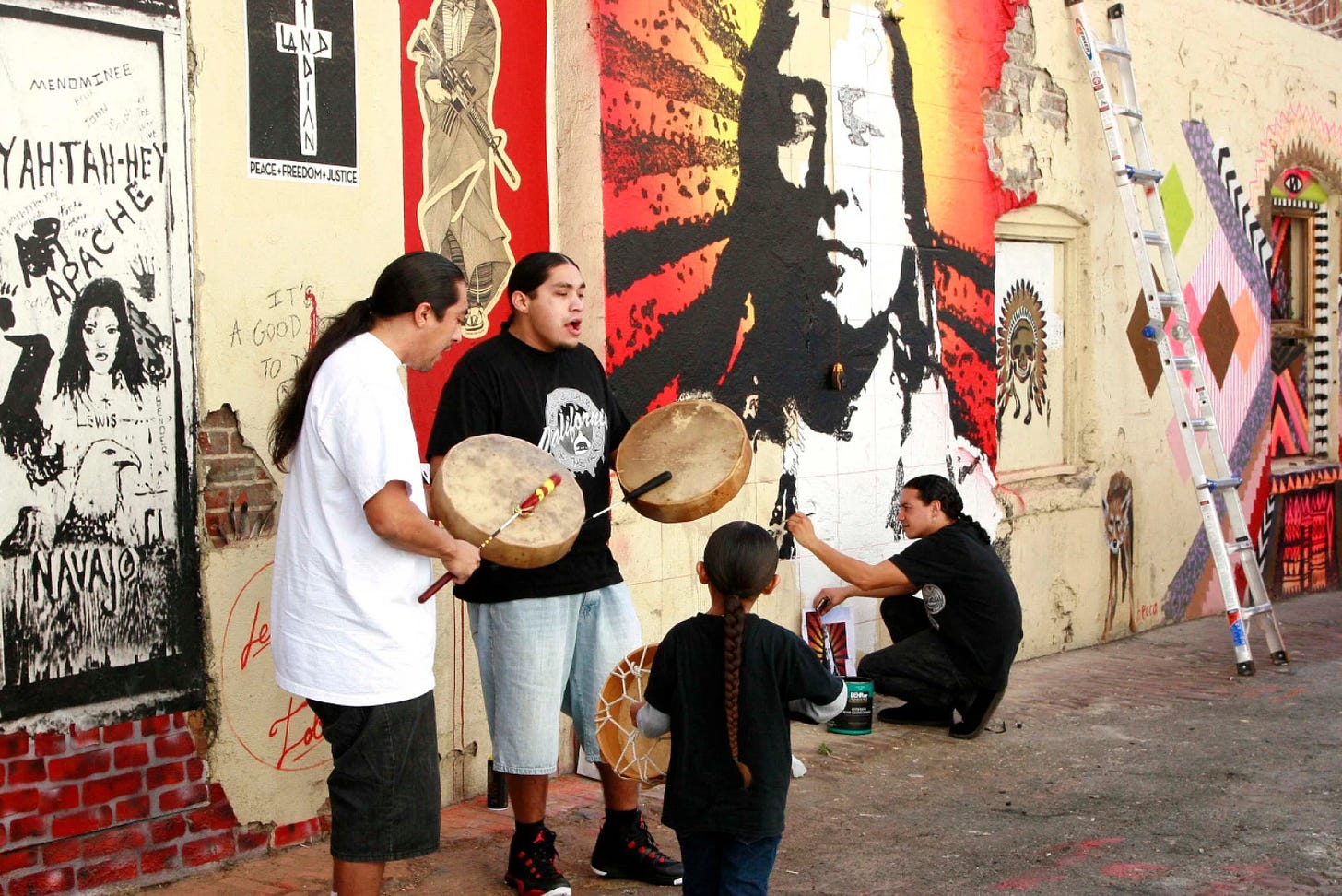
The World Is Alive
Modern life trains us to see the Earth as a stage set—scenery for the human story. Indigenous traditions remind us the opposite is true: the world is the main character, and we are part of its cast.
For those of us shaped by consumer culture, that simple shift—seeing the Earth as a community of relatives rather than a warehouse of resources—changes everything. It turns gratitude into ethics and makes care the foundation of civilization.
Indigenous Peoples’ Day is not just a rebuke to Columbus Day; it’s a spiritual course correction. It asks whether we can evolve from conquerors to caretakers, from consumers to kin.
At the heart of Indigenous worldviews across Turtle Island is the understanding that the Earth is not a backdrop to human life but the very body of our collective being. The rivers are the planet’s veins, the forests its lungs, the soil its skin—each alive, each deserving of care. Humanity’s purpose is not to dominate this living system but to participate in its flourishing.
This is the meaning of the phrase All My Relations—a reminder that we live within a web of kinship that includes not only other people, but animals, plants, waters, winds, and the unseen world. To live in this way is to recognize that our well-being is bound to the well-being of all things, that every action either nourishes or wounds the great fabric of life.
The teaching of considering the impact of our choices on the next seven generations flows naturally from this vision: a recognition that we stand within an unbroken circle of ancestors and descendants, each depending on the care of the other. To live by this truth is to treat every act—each meal, each purchase, each policy—as a prayer for those who will inherit the world we leave behind.
The teachings of Indigenous peoples—the sense that the world is alive, that gratitude is a daily practice, that time moves in circles, that community is sacred, and that art and ceremony are medicine—are not relics sealed in the past. They are living systems of knowledge still unfolding, evolving, and being renewed in every generation. Across Turtle Island, these worldviews are being carried forward not as museum pieces but as blueprints for the future—adapted, translated, and embodied by people who walk in both the modern and the ancestral worlds.
With that in mind, here are three visionary women—each from a different generation and a different region of Turtle Island—who are applying the ancient gifts of their cultures to the most urgent challenges of our time: the scientist Robin Wall Kimmerer, the activist Xiye Bastida, and the scholar-artist Lyla June Johnston.
Robin Wall Kimmerer — The Scientist of Reciprocity
A member of the Citizen Potawatomi Nation, Robin Wall Kimmerer stands at the meeting point of traditional ecological knowledge and Western science. A botanist, writer, and professor, she bridges two ways of understanding the world—the analytical and the relational.
Kimmerer teaches that to study nature is to enter into a covenant of respect. Plants are not objects to dissect but teachers demonstrating generosity, balance, and reciprocity. By combining the precision of science with the reverence of Indigenous tradition, she redefines ecology as a moral relationship rather than a detached field of study.
Her work reminds us that knowing the world and loving it are the same act—and that love, in this sense, is not sentiment but stewardship. As she writes in her book, Braiding Sweetgrass, “Action on behalf of life transforms. Because the relationship between self and the world is reciprocal, it is not a question of first getting enlightened or saved and then acting. As we work to heal the earth, the earth heals us.”
Xiye Bastida — Voice of a Generation
Of the Otomí-Toltec people, Xiye Bastida represents a rising generation of Indigenous leadership. Raised in San Pedro Tultepec, Mexico, and now based in New York, she has become one of the most visible young voices in the global climate movement, helping to reframe the environmental crisis not only as a scientific emergency but as a moral one.
Bastida weaves together the logic of science and the ethic of reciprocity inherited from her ancestors. Her activism is grounded in ceremony—a daily practice of gratitude to the Earth and commitment to its renewal. She often describes this movement not as rebellion, but as remembering: the reawakening of Indigenous principles of balance within the halls of modern power.
Her message to the world is aimed at all of us, “Human civilization needs to make drastic changes in its value system; it needs to mature.”
Lyla June Johnston — The Scholar of Renewal
From the Diné (Navajo) and Northern Cheyenne Nations, Dr. Lyla June Johnston is a musician, scholar, and activist whose work unites ecology, spirituality, and cultural revitalization.
Her doctoral research on Indigenous land management reveals that pre-colonial North America was not untouched wilderness but a carefully tended ecosystem. Through controlled burns, selective planting, and regenerative design, Indigenous peoples cultivated abundance in ways that enhanced biodiversity rather than diminished it.
As an activist, Lyla June carries this knowledge into the public square, advocating for land rematriation and the integration of Indigenous ecological science into climate policy. Her scholarship is inseparable from her ceremonies, her music, and her prayer life—each a facet of the same mission: to heal the relationship between people and place.
As an artist, she gives that mission a heartbeat. Her gorgeous song All Nations Rise embodies the spiritual uprising of Indigenous peoples—and of all humanity ready to replace fear with love.
The song begins in remembrance—of prayers outlawed, languages silenced, and ancestors who risked their lives simply to be who they were. Yet it quickly transforms into resurrection. Its refrain calls Indigenous peoples—and all peoples—to rise together as warriors of love, armed not with weapons but with truth, faith, and compassion.
It acknowledges the wounds—addiction, violence, despair—and then answers them with hope: forgiveness as the bow, prayer as the arrow, compassion as the shield. It is both battle cry and benediction, transforming centuries of endurance into a vision of unity across races and nations.
As Lyla June sings, “We are the ones our grandmothers have been praying for.” In that line, the circle closes—the ancestors’ prayers become the grandchildren’s voices. All Nations Rise isn’t just a song; it’s a transmission. It carries the memory of loss and the sound of renewal, reminding us that the story of Indigenous peoples is not tragedy but triumph—an ongoing resurrection of spirit.
If we can live this way—aware that every action is part of an unbroken circle—then Indigenous Peoples’ Day becomes more than a date on the calendar. It becomes a homecoming. The circle is open again, waiting for all of us to step back in—to walk in beauty, to move with reverence, to act with reciprocity, to remember that the Earth is alive and that we belong to her.
Because the spiritual revolution we dream of isn’t something to invent from scratch. It’s something ancient, already here—still singing through the rivers and the wind, calling each of us to rise in love.


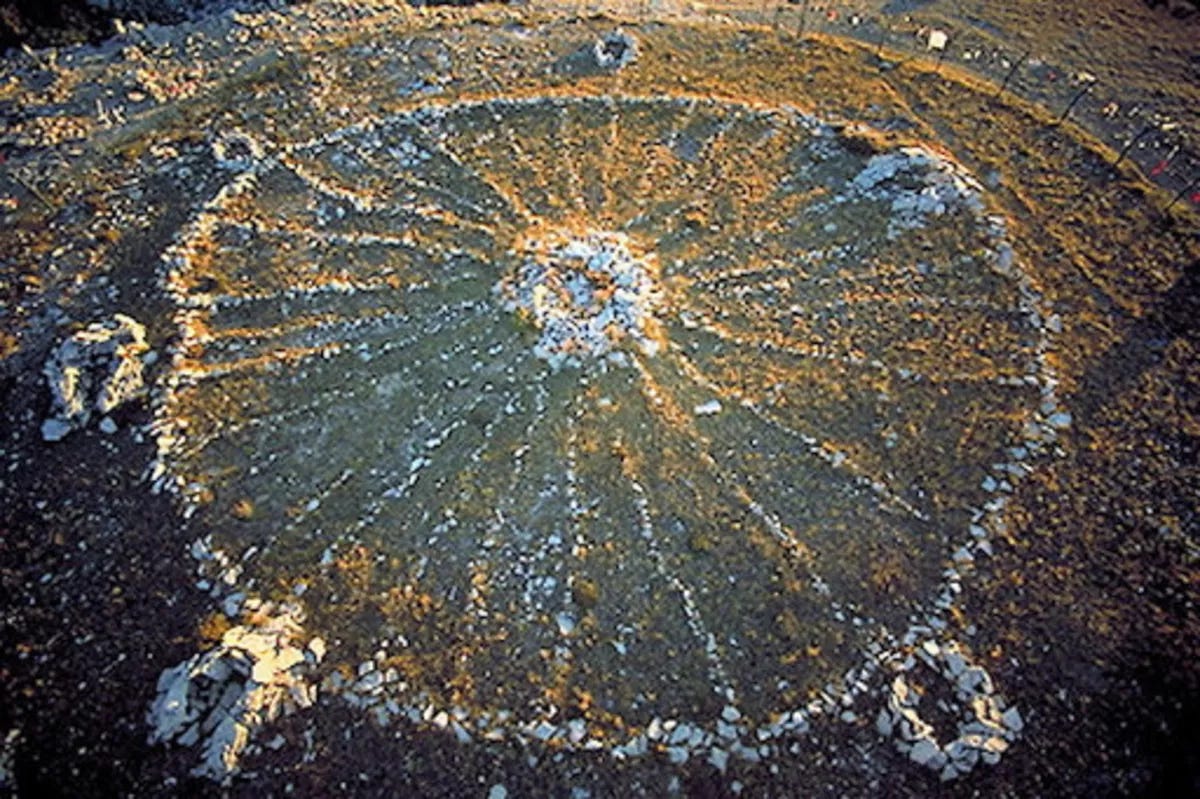
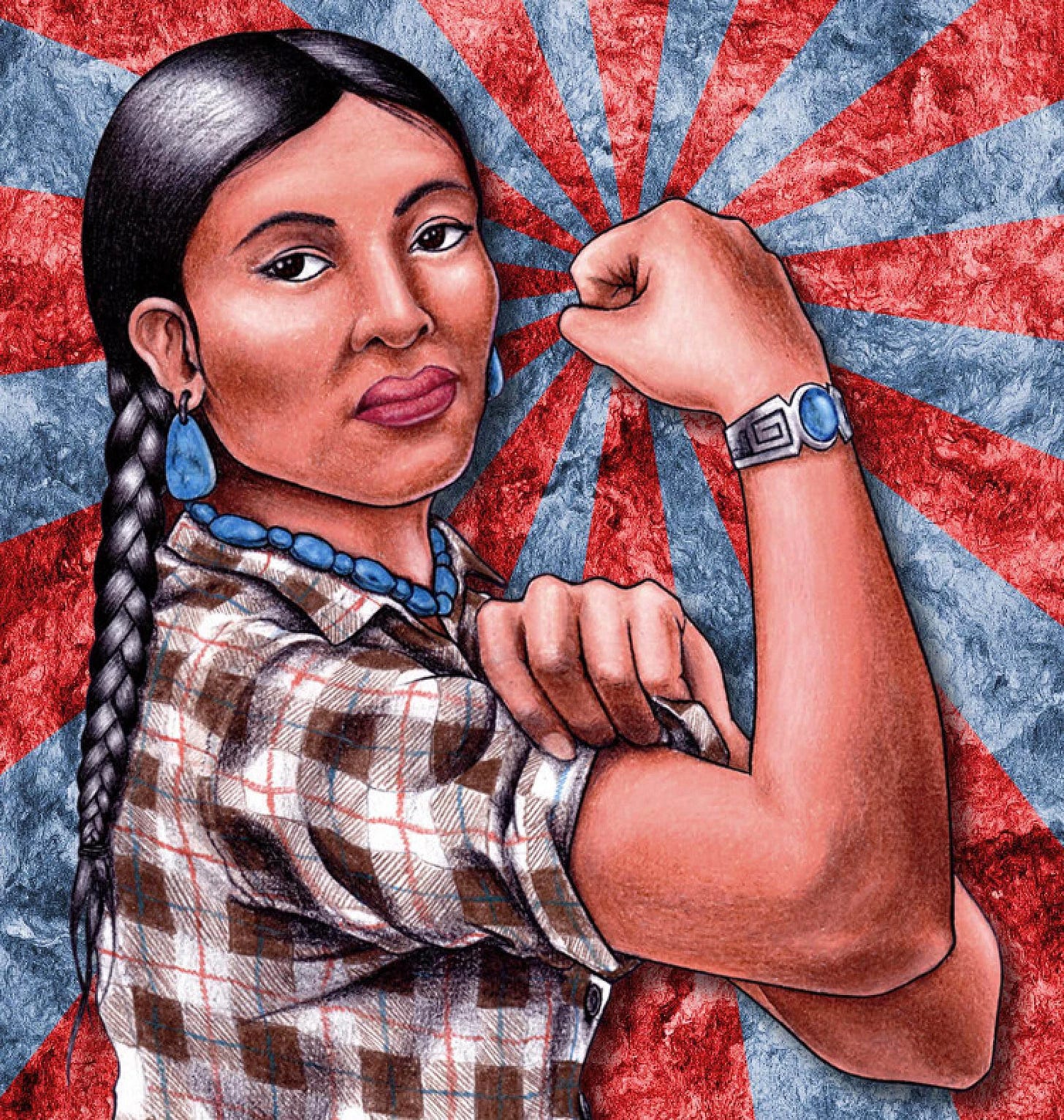
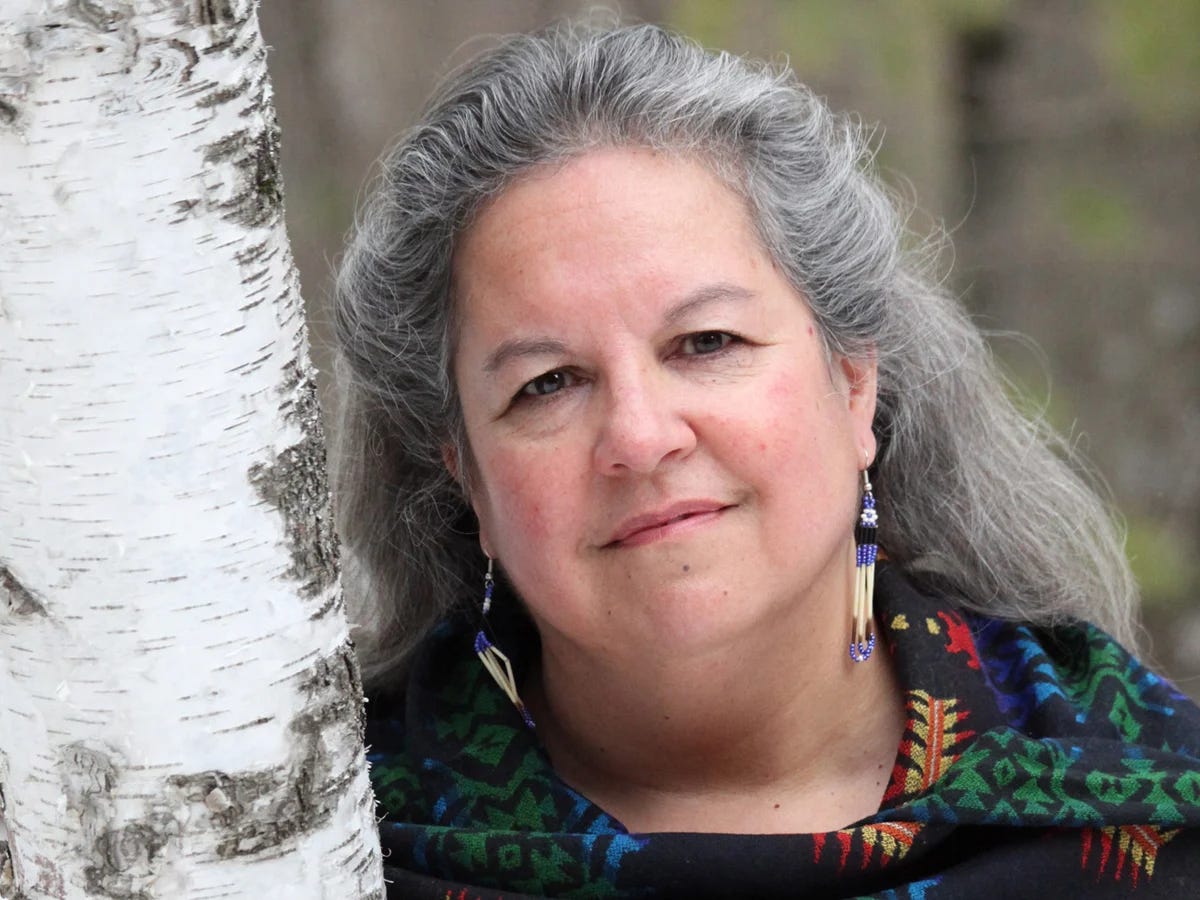
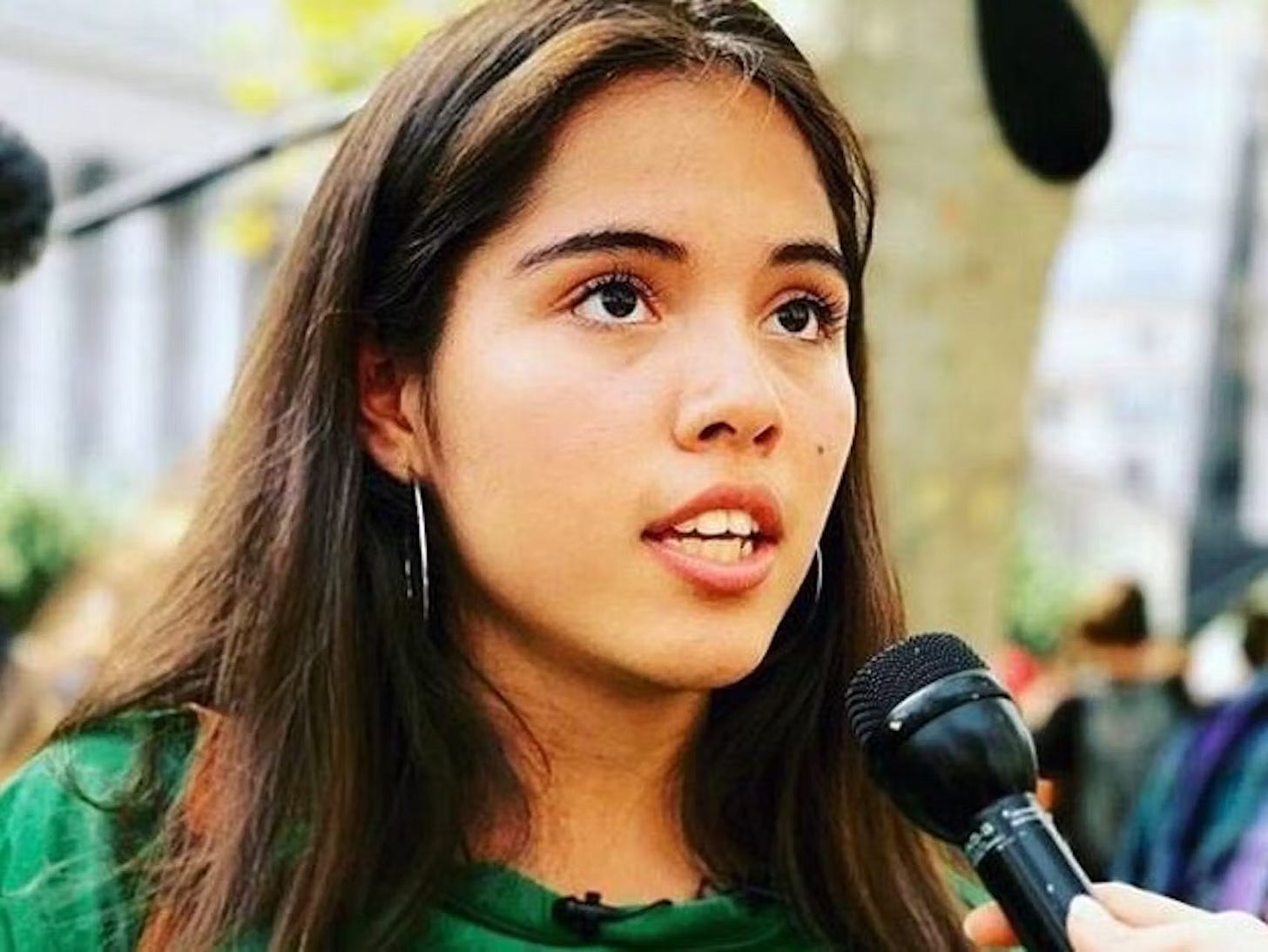
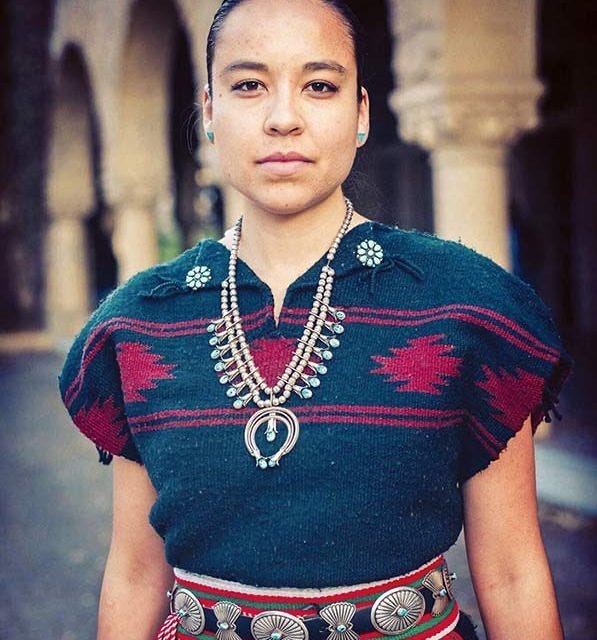
The interconnectedness of Indigenous Peoples is something to study with reverence. From their creation stories to the way we should love ourselves and Mother Earth, the Indigenous hold morals and values forgotten long ago partly due to consumerism and partisan politics.
I hope Rainn can find some time to fit in some Natives for an interview or two. From consciousness to medicine, Indigenous People have so much to offer, and they always offer it with love.
Thank you for this. I am encouraged, inspired, and challenged by your writing and by these women. With gratitude . . .